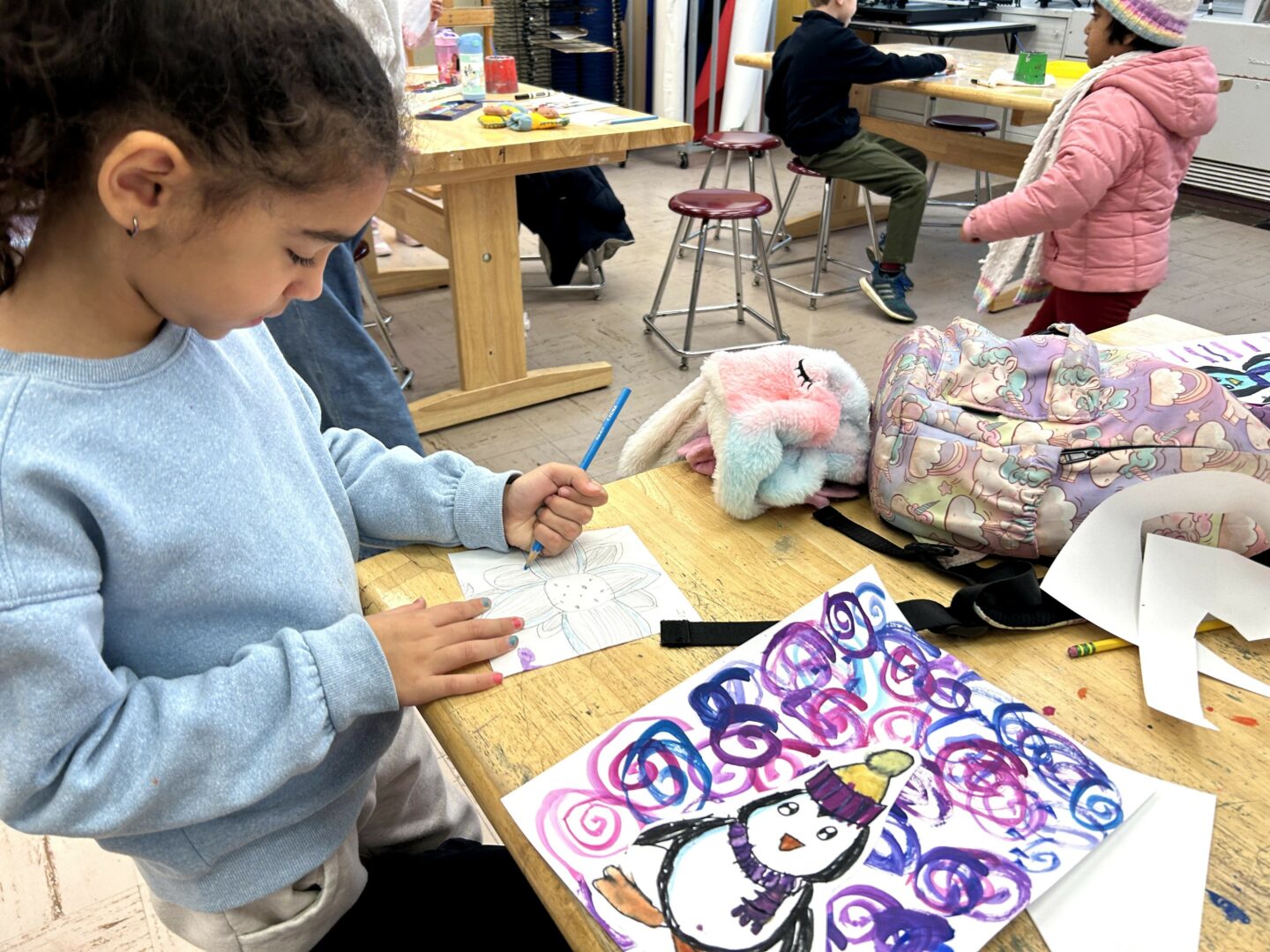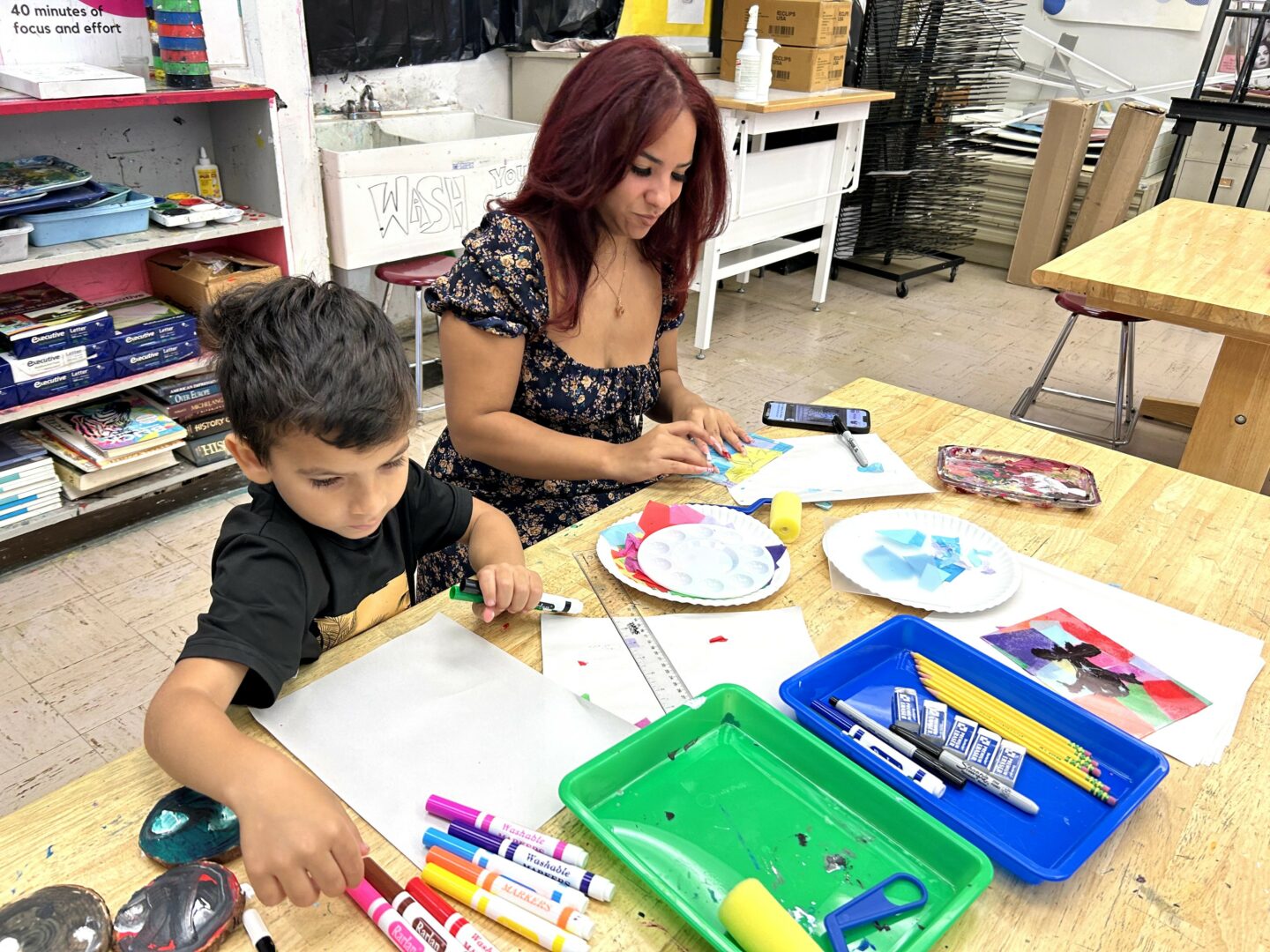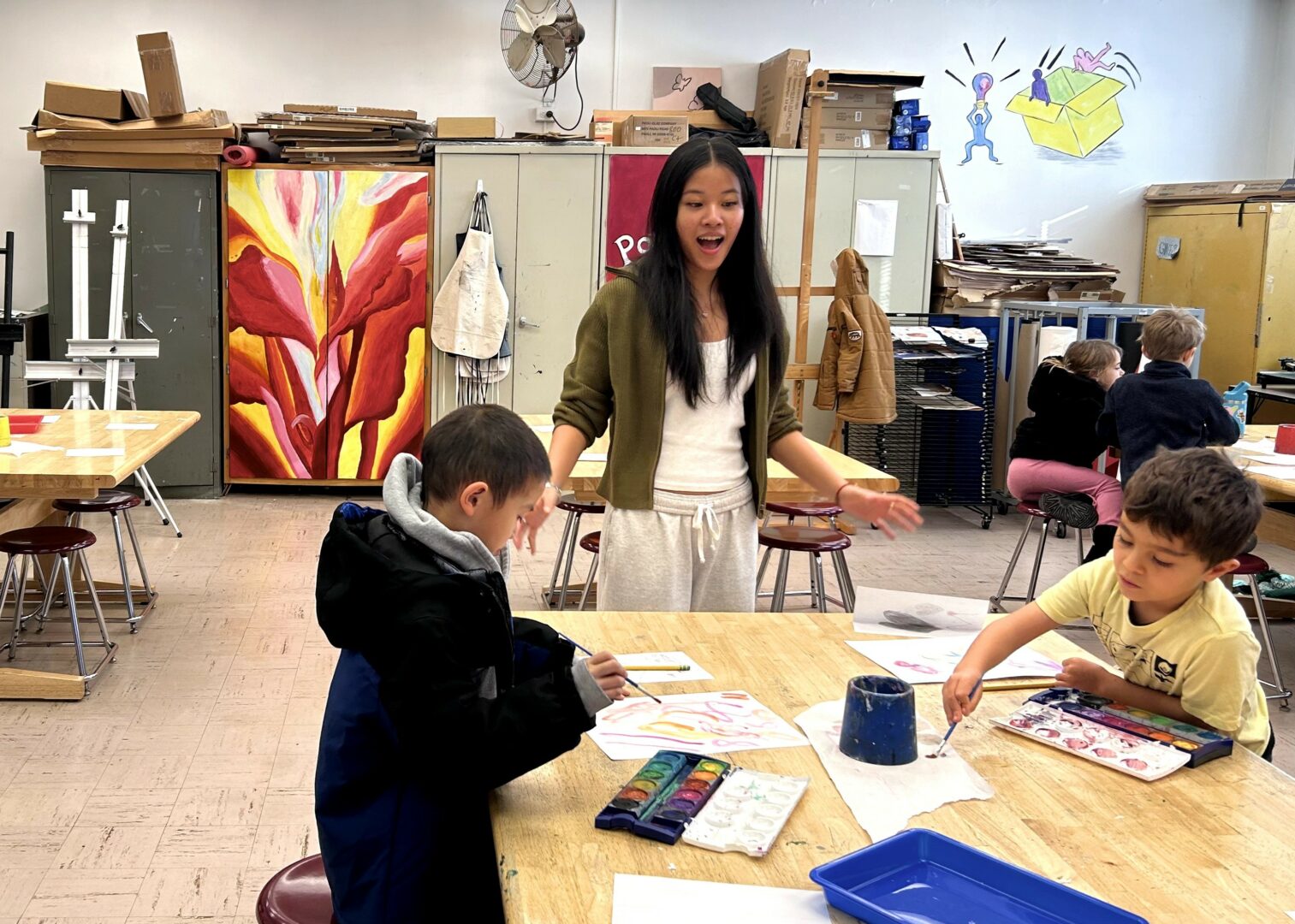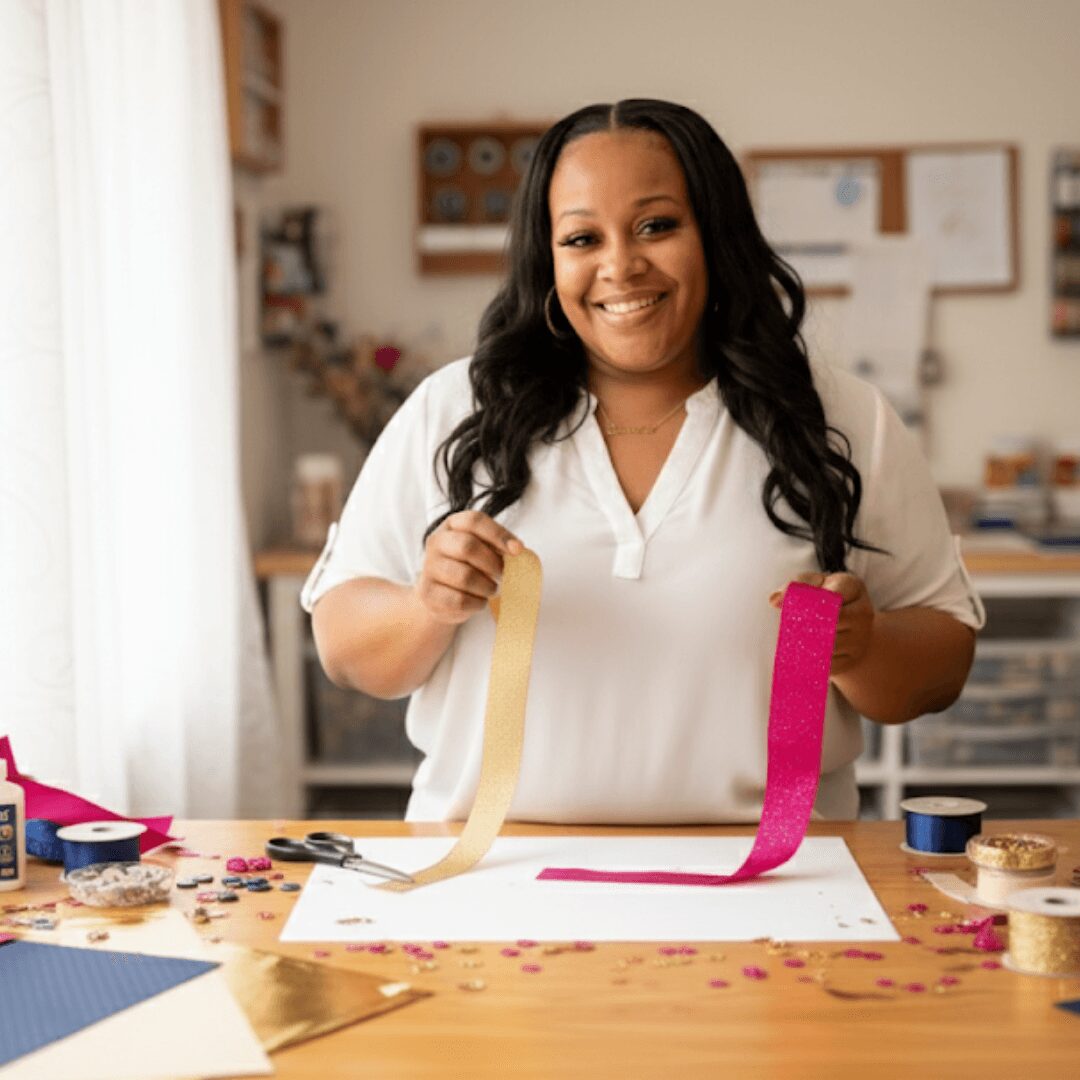We’re excited to introduce you to the always interesting and insightful Tasha Fu. We hope you’ll enjoy our conversation with Tasha below.
Tasha, so great to be with you and I think a lot of folks are going to benefit from hearing your story and lessons and wisdom. Imposter Syndrome is something that we know how words to describe, but it’s something that has held people back forever and so we’re really interested to hear about your story and how you overcame imposter syndrome.
When I moved back to the U.S. after being raised in China as a child, I felt like an outsider in every sense of the word. I didn’t know the language, the culture, or how to fit in. I tried to connect with my classmates, but my words failed me. The more I struggled, the more isolating it became. From a young age, I carried the quiet weight of feeling like I didn’t belong.
But art became my voice. It was my bridge when words failed me. Whether it was doodling silly cartoons to make my classmates giggle or sketching out emotions I couldn’t yet articulate, drawing gave me a way to connect. I realized that even if I couldn’t always speak the language, I could still be understood.
That lesson stayed with me as I grew. The more I worked on my craft, the more confidence I gained—not just in art, but in myself. Art taught me that life is boundless, that the only limits are the ones we set for ourselves.
It was this mindset that pushed me to take on another challenge: debate. Public speaking terrified me, yet I still joined my high school’s debate team. At first, I felt like I didn’t belong—surrounded by students who spoke with confidence while I hesitated over my words. But I worked through it, just like I did with art. I studied cases relentlessly, practiced speaking, and eventually became a leader on my team. I was the only freshman selected as a lawyer for our mock trial team, the only one to compete internationally, and later, a junior captain leading my peers.
I overcame imposter syndrome by following my passions and challenging the limits I had once set for myself. At its core, imposter syndrome thrives on fear—the fear of not being good enough, of being “found out,” of failing in front of others. But I’ve learned that the only way to silence that fear is through action. Every time I picked up a pencil to sketch, every time I stood up to argue a case in debate, I chipped away at the doubts that told me I didn’t belong. I realized that confidence isn’t something you wake up with—it’s something you build, moment by moment, through every risk you take and every challenge you face.
Breaking limits doesn’t happen all at once. It happens when you choose to show up despite the fear, when you allow yourself to fail but try again anyway. Art taught me that perfection isn’t the goal—expression is. Debate taught me that my voice matters, even when it shakes. Slowly, I began to see that the barriers I thought existed were never real; they were just reflections of my own uncertainty. Once I stopped waiting for permission to belong and started embracing my journey for what it was, the limits I had once felt began to fade.
Now, no matter what room I step into, I remind myself: I belong, not because I blend in, but because I bring something unique. I’ve learned that the way to overcome imposter syndrome isn’t by proving yourself to others—it’s by proving to yourself that you are already enough.

Great, so let’s take a few minutes and cover your story. What should folks know about you and what you do?
Art has always been my way of connecting with the world, and I wanted to create that same opportunity for others. That’s why I founded Art for Unity, a community initiative dedicated to providing free art education and resources to children in Hoboken. Through weekend art classes, workshops, and collaborative projects, we give kids—regardless of background or financial status—a space to explore their creativity and express themselves.
What makes Art for Unity special is that it’s not just about teaching art—it’s about building confidence, fostering community, and showing young people that their voices matter. I know firsthand how isolating it can feel to struggle with self-expression, and I want to ensure that every child has the opportunity to tell their story through art.
Right now, we’re working on expanding Art for Unity in exciting ways. We’ve hosted successful weekly sessions with nearly 50 students and monthly virtual workshops where we invite local talents to teach. We’re planning to do more workshops, collaborations with local artists, and a potential end-of-year fundraiser to support the program’s growth.
At its core, Art for Unity is about breaking barriers—whether they be financial, linguistic, or personal—and showing that art has the power to bring people together. My hope is that through this initiative, more kids will discover what I did: that art isn’t just something you create—it’s something that creates you.

If you had to pick three qualities that are most important to develop, which three would you say matter most?
Looking back, three key qualities shaped my journey: learning how to connect with others and resonate with a community, the power of consistency over volume, and staying true to my passions despite external pressures.
The first is learning how to connect with others and have your mission resonate with a community. Whether through Art for Unity or my leadership roles, I’ve realized that creating real impact isn’t just about having a great idea—it’s about making others believe in it too. To do this, you have to understand the people you’re trying to reach. It’s about listening before speaking, recognizing what people truly need, and framing your mission in a way that feels personal and meaningful. Whether it’s reaching out individually, building relationships, or using social media strategically, genuine connection is what transforms an idea into a movement.
The second lesson I learned is that it isn’t always about being the loudest in the room but about being the one who consistently shows up and completes each task. Early on, I thought leadership meant always having the biggest voice. But I realized that real leadership comes from action. The people who make a difference aren’t always the ones making the biggest speeches—they’re the ones who follow through, who stay committed even when no one is watching, and who are dependable. It’s about doing the small things with as much dedication as the big things.
Finally, I learned the importance of doing what you truly love and not giving up your passions just to “be more realistic.” When I first started pursuing art seriously, I felt pressure to shift toward something more traditionally “practical.” But I’ve learned that passion and purpose go hand in hand. If you love something, you’ll naturally put in the effort, take risks, and find ways to make it work. Success doesn’t come from choosing what’s safe—it comes from choosing what fulfills you.
For anyone early in their journey, my biggest advice is: don’t be afraid to reach out and ask for help. Being a leader doesn’t mean doing everything alone—it means knowing when to highlight other voices, when to seek advice, and when to learn from people who have more expertise. Some of the best decisions I’ve made came from listening to mentors, collaborating with others, and being open to feedback. No one succeeds in isolation, and the sooner you embrace that, the stronger your journey will be.

One of our goals is to help like-minded folks with similar goals connect and so before we go we want to ask if you are looking to partner or collab with others – and if so, what would make the ideal collaborator or partner?
I’m always looking to connect with students, leaders, and changemakers—people who are passionate about taking action in their communities and using creativity as a force for good. If you’re a student who wants to make an impact, whether by starting initiatives in your own community or joining Art for Unity’s team, I’d love to collaborate. Art for Unity is about more than just art—it’s about fostering a movement where young people use their voices, talents, and ideas to break barriers.
I’m also eager to partner with local small businesses, organizations, and artists—especially those who love creativity and believe in its power to bring people together. Whether it’s hosting collaborative workshops, mural projects, fundraising events, or simply spreading awareness, I welcome any opportunity to work with others who share a vision of making art more accessible.
We’re excited about the possibility of expanding and hope to bring Art for Unity to more communities in the near future. While we are still growing as an initiative, we’d love to connect with passionate students and leaders who are interested in starting something similar in their own communities—whether that means launching local workshops, coordinating events, or even helping us build toward future chapters.
If you’re interested in collaborating, the best way to reach us is by emailing [email protected] or sending us a message on our socials (@artforunitys on Instagram and other platforms). Whether you’re a student, a community leader, an artist, or a small business, let’s create something meaningful together!
Contact Info:
- Instagram: artforunitys
- Facebook: artforunitys
- Other: We are looking to build a website soon, though we do not have a website at this moment– we do have a linktree: https://linktr.ee/artforunity



so if you or someone you know deserves recognition please let us know here.




